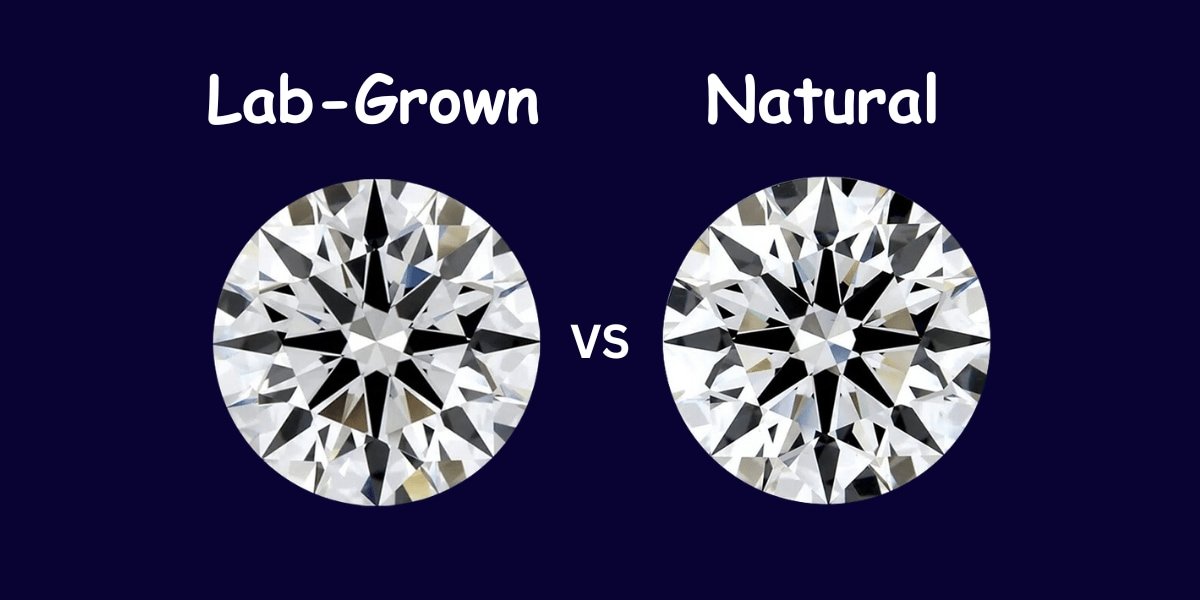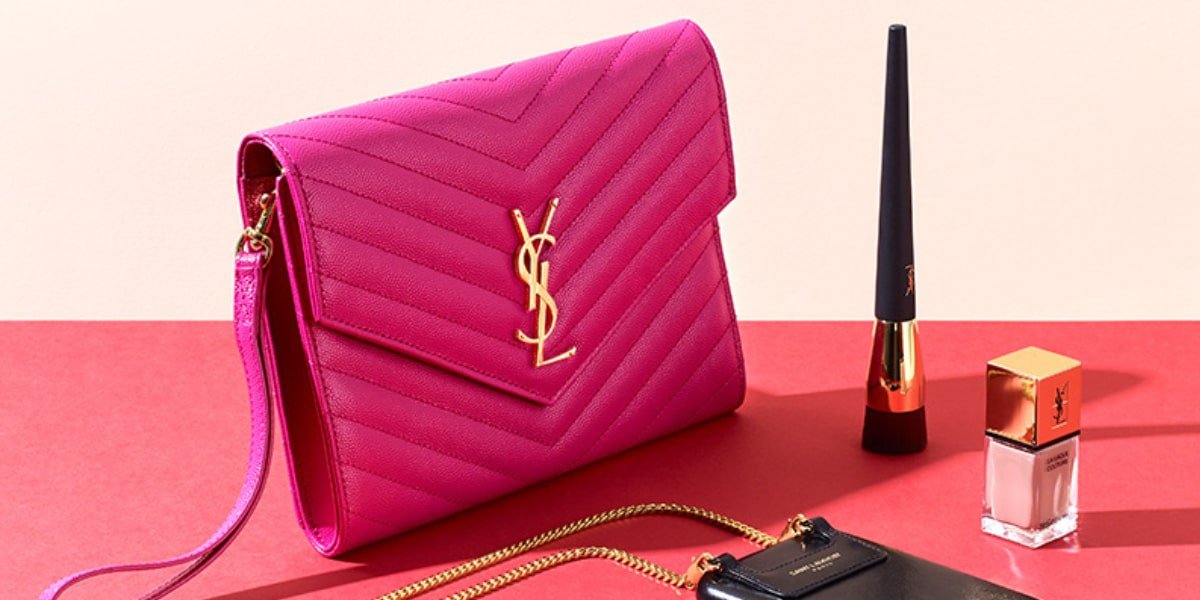The world of engagement rings is evolving; with it, so is how we express our love and commitment. Lab-grown engagement rings have emerged as a modern alternative to traditional mined diamonds, offering both ethical and financial advantages without compromising on beauty or quality. But what exactly are these lab-grown gems, and why are they gaining popularity among couples today? In this comprehensive guide, we’ll delve into the fascinating world of lab-grown engagement rings, exploring everything from their creation to their impact on the future of romance.
What Are Lab-Grown Engagement Rings?
Lab-grown engagement rings feature diamonds that are created in a controlled laboratory environment rather than being mined from the earth. These diamonds are chemically, physically, and optically identical to natural diamonds, with the only difference being their origin. Advanced technology replicates the natural diamond-growing process, resulting in gems that are virtually indistinguishable from those found in nature.
The Science Behind Lab-Grown Diamonds
How Are Lab-Grown Diamonds Made?
Lab-grown diamonds are created using one of two primary methods: High Pressure High Temperature (HPHT) or Chemical Vapor Deposition (CVD).
- HPHT Method: This process mimics the extreme pressure and heat conditions found deep within the earth’s crust. A small diamond seed is placed in carbon, and high temperatures and pressure are applied to encourage crystal growth around the seed.
- CVD Method: In this method, a diamond seed is placed in a chamber filled with carbon-rich gas. The gas is then ionized, breaking down its molecules and allowing carbon atoms to deposit onto the seed, growing layer by layer into a diamond.
The Quality of Lab-Grown Diamonds
The quality of lab-grown diamonds is measured using the same 4 Cs as natural diamonds: cut, color, clarity, and carat weight. Since they are created in a controlled environment, lab-grown diamonds often exhibit fewer imperfections, making them an attractive option for those seeking a flawless gem.
Why Choose Lab-Grown Engagement Rings?
Ethical and Environmental Considerations
One of the most significant advantages of lab-grown engagement rings is their ethical and environmental impact. Traditional diamond mining is often associated with environmental degradation and human rights violations. Lab-grown diamonds, on the other hand, require fewer resources and have a lower environmental footprint. By choosing a lab-grown diamond, couples can feel confident that their symbol of love did not come at the expense of the planet or other people.
Cost-Effectiveness
Lab-grown diamonds are generally 20-40% less expensive than their natural counterparts. This price difference allows couples to invest in a larger or higher-quality diamond without breaking the bank. The affordability of lab-grown engagement rings makes them an appealing choice for those who want to maximize their budget without compromising on elegance.
Customization and Variety
With lab-grown diamonds, the possibilities for customization are nearly endless. Because these diamonds are created in a lab, they can be tailored to meet specific size, shape, and color preferences. This level of personalization allows couples to design a truly unique and meaningful engagement ring that reflects their individual style and love story.
The Rise in Popularity of Lab-Grown Engagement Rings
Changing Perceptions of Value
The traditional view that natural diamonds are inherently more valuable is shifting. As more people become aware of the benefits of lab-grown diamonds, they are increasingly seen as a viable alternative. This change in perception is driven by a growing emphasis on sustainability, ethical consumption, and the desire for transparency in the jewelry industry.
Celebrity Endorsements
Celebrities have also played a role in popularizing lab-grown engagement rings. High-profile endorsements from eco-conscious stars have helped to raise awareness and normalize the choice of lab-grown diamonds. These endorsements have contributed to the trend of lab-grown diamonds being seen as a symbol of modern romance.
Lab-Grown Diamonds vs. Natural Diamonds: A Comparative Analysis
Visual and Physical Differences
When it comes to appearance, lab-grown diamonds are virtually identical to natural diamonds. Both types of diamonds have the same brilliance, sparkle, and clarity. Even under a microscope, it can be challenging to distinguish between the two. The only noticeable difference is that lab-grown diamonds may have fewer internal flaws, making them appear even more pristine.
Durability and Longevity
Lab-grown diamonds are just as durable as natural diamonds, scoring a 10 on the Mohs scale of hardness. This means they are resistant to scratching and can withstand everyday wear, making them a perfect choice for engagement rings that are meant to last a lifetime.
Investment Value
While natural diamonds have traditionally been seen as an investment, the resale market for lab-grown diamonds is still developing. However, with the increasing demand and acceptance of lab-grown diamonds, their long-term value may grow over time.
The Future of Engagement Rings: Lab-Grown Diamonds Leading the Way
Technological Advancements
As technology continues to advance, the process of creating lab-grown diamonds is becoming more efficient and cost-effective. This progress is likely to lead to an even wider acceptance of lab-grown diamonds, further cementing their place in the future of engagement rings.
Shifting Consumer Preferences
Younger generations, particularly millennials and Gen Z, are driving the shift toward lab-grown engagement rings. These consumers value sustainability, ethical sourcing, and affordability, making lab-grown diamonds an attractive option. As these generations continue to prioritize these values, the demand for lab-grown diamonds is expected to increase.
Industry Trends
The jewelry industry is responding to the growing interest in lab-grown diamonds by expanding its offerings and promoting the benefits of these gems. Many jewelers now offer a wide selection of lab-grown engagement rings, providing consumers with more options than ever before.
How to Choose the Perfect Lab-Grown Engagement Ring
Consider the 4 Cs
When selecting a lab-grown engagement ring, it’s essential to consider the 4 Cs: cut, color, clarity, and carat weight. These factors determine the overall appearance and value of the diamond, so it’s crucial to choose a balance that suits your preferences and budget.
Setting Styles
The setting of the ring plays a significant role in its overall aesthetic. Popular settings for lab-grown engagement rings include solitaire, halo, and vintage designs. Consider your partner’s style and taste when choosing a setting that will complement the diamond.
Personalization Options
One of the advantages of lab-grown diamonds is the ability to customize your ring. From choosing a unique diamond shape to adding personal engravings, there are countless ways to make your engagement ring one-of-a-kind.
Caring for Your Lab-Grown Engagement Ring
Regular Cleaning and Maintenance
Lab-grown diamonds require the same level of care as natural diamonds. Regular cleaning and maintenance will help to preserve the ring’s sparkle and brilliance. Use a gentle solution of soap and water, and avoid harsh chemicals that could damage the setting.
Professional Inspections
It’s also a good idea to have your engagement ring professionally inspected at least once a year. A jeweler can check for loose stones, worn prongs, and other issues that may need attention to ensure your ring remains in top condition.
Conclusion
Lab-grown engagement rings represent a new era of romance, where ethics, sustainability, and affordability are just as important as beauty and quality. As more couples choose lab-grown diamonds for their engagement rings, it’s clear that this trend is here to stay. Whether you’re drawn to the environmental benefits, the cost savings, or the ability to create a unique and personalized ring, lab-grown engagement rings offer a modern and meaningful way to celebrate your love.
Our Services
Increase your digital impact in the World with our SEO & SMM Services. Our customized techniques employ Search Engines and Social Media to attract, engage, and convert your target demographic.
FAQs
Q1: Are lab-grown diamonds real diamonds?
Yes, lab-grown diamonds are real diamonds. They have the same physical, chemical, and optical properties as natural diamonds.
Q2: How much cheaper are lab-grown diamonds compared to natural diamonds?
Lab-grown diamonds are typically 20-40% less expensive than natural diamonds, depending on factors like size and quality.
Q3: Can lab-grown diamonds be certified?
Yes, lab-grown diamonds can be certified by reputable gemological laboratories, just like natural diamonds.
Q4: Do lab-grown diamonds come in different colors?
Lab-grown diamonds are available in a variety of colors, including traditional white, as well as fancy colors like blue, pink, and yellow.
Q5: Are lab-grown diamonds a good investment?
While lab-grown diamonds are still establishing their place in the market, they offer significant value in terms of cost savings and ethical considerations. Their long-term investment potential is still developing.








